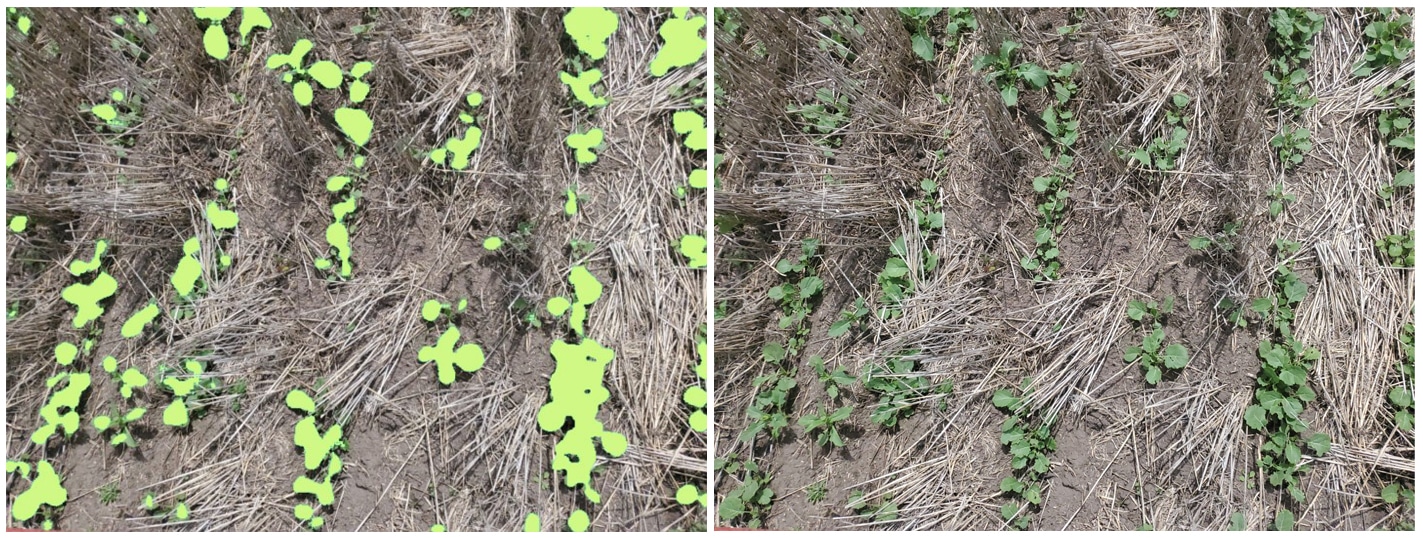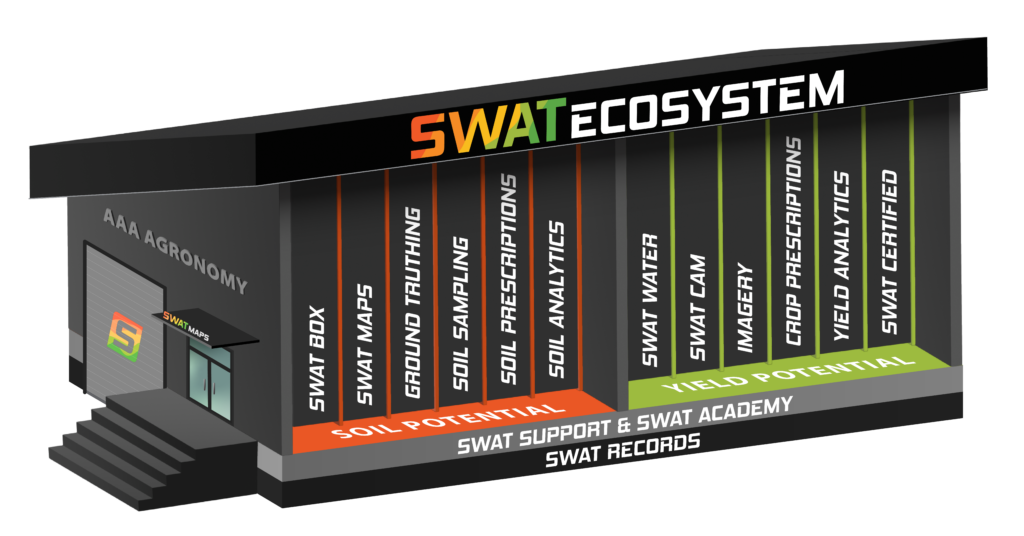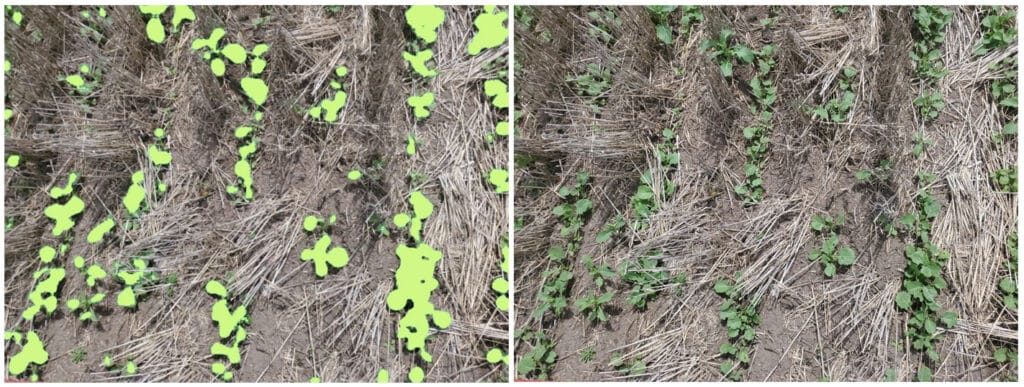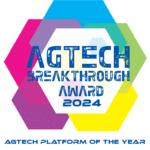AI in Agriculture: Opportunities and Challenges

Trevor Friesen
Product Owner
Agriculture is experiencing a transformative shift as artificial intelligence (AI) technologies become increasingly integrated into farming practices and agronomic decisions. This transformation proposes enhanced efficiency, scalability, and sustainability within the industry. How does this fit into the work being done by international AgTech company, Croptimistic Technology? Although we’re known for our high-resolution soil foundation maps (SWAT MAPS), our company is embarking down the path towards increased incorporation of AI into the entire SWAT ECOSYSTEM of products. Here’s a look at how we’re doing it, and how you can jump on board, too.

Solving unknown problems
Before you get started with AI, you need to take a step back and think about the areas of your operation that are laborious, time-consuming, or tedious and how we can economically make a change to automate or scale this process. Our team at Croptimistic, is doing just that. Our first step into AI and Machine Learning (ML) was to automate and create an unbiased analysis of a very important step in the SWAT ECOSYSTEM – conducting in-season variable rate (VR) assessments. VR assessments are a key step to ensure the VR program and recommendations are working at a field scale, but keep in mind the short season we have to work with as well as difficulties getting across all farms and fields.
SWAT CAM was born in 2021 to address this. It’s a tool in our toolbox that is designed to capture, assess, and evaluate crop establishment and weed pressure, while also revolutionizing crop monitoring by replacing labour intensive and biased tasks with an automated image capture system and predictive models. This allowed us to scale this part of our program and provide farm scaled, unbiased data that agronomists and farmers can use to make informed decisions about future VR seed rates and herbicide applications.

“Big data” vs. quality data
Now, I might have made this sound like it is simple to just program software to incorporate AI and ML, but it faces its own challenges. Before you start the journey, you need to ensure the data that you are using to build out these processes are repeatable, consistent, clean, and qualified. It takes a great deal of time and effort to make sure these tools and models can handle a variety of situations and conditions that may arise. “Big Data” was a slogan that was thrown around not long ago. But what did this really mean? Everyone is collecting data, but does this make it “big”? How usable is it? What is the quality of this data? This created one of the biggest issues and challenges that the industry faces to date. All these data collecting companies have created data silos by having data stored in various locations that cannot be shared. Worse yet, if it can be shared, the formatting or data type is not consistent thus leaving it even harder to share data across multiple platforms. Sure, we can create an application programming interface (API) to connect platforms together, but this is also a challenge as all platforms still control what can or cannot be shared and how it is shared. As a side note, I want to emphasize that Croptimistic takes protecting client data seriously. The farmers we work with will always own the raw data entered into our SWAT RECORDS software.
What’s next?
Implementing AI solutions can pose challenges on its own with the technology available. In most rural areas, it can lack the necessary digital infrastructure (such as high-speed internet) to support advanced AI technology. Development of AI products can take years to develop, so it also needs to make sense economically to implement the technology within the business. Is this going to stop or slow us down? Of course not! We are committed to making sure our customers are getting the most value from our SWAT ECOSYSTEM and with the new technology that is being developed, both in house and externally is allowing us to adopt AI even easier. Our team of developers and technical experts are provided with continuing education and training to stay up to date with the tools and technology in the industry.
The industry faces challenges every day that can use AI as a tool to help mitigate the risk and measure our path to success. AI algorithms can analyze vast amounts of data from various sources (soil sensors, weather forecasts, imagery, yield) that could be used to provide us with precise recommendations for planting, fertilizing, and irrigating crops. AI tools could also be used to collect data autonomously and provide results in seconds, improving the scalability of a difficult process.
Integrating AI in agriculture presents ample opportunities to enhance efficiency, sustainability, and profitability. At Croptimistic, the journey of AI-driven agriculture is only beginning. By addressing the challenges and exploring new frontiers, we can unlock the full potential of AI to create a more resilient and productive agricultural sector. The future of our services depends on our ability to innovate and adapt, leveraging AI to meet the ever-growing demand for food in a sustainable and efficient manner.
To dive further into the SWAT ECOSYSTEM, SWAT CAM or other aspects of our program, I encourage you to visit www.swatmaps.com









